PPT-Chapter 12: Saturn
Author : luanne-stotts | Published Date : 2017-06-12
121 Orbital and Physical Properties 122 Saturns Atmosphere 123 Saturns Interior and Magnetosphere 124 Saturns Spectacular Ring System 125 The Moons of Saturn Dancing
Presentation Embed Code
Download Presentation
Download Presentation The PPT/PDF document "Chapter 12: Saturn" is the property of its rightful owner. Permission is granted to download and print the materials on this website for personal, non-commercial use only, and to display it on your personal computer provided you do not modify the materials and that you retain all copyright notices contained in the materials. By downloading content from our website, you accept the terms of this agreement.
Chapter 12: Saturn: Transcript
Download Rules Of Document
"Chapter 12: Saturn"The content belongs to its owner. You may download and print it for personal use, without modification, and keep all copyright notices. By downloading, you agree to these terms.
Related Documents

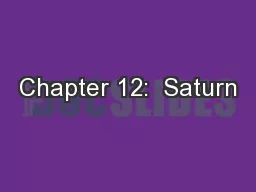
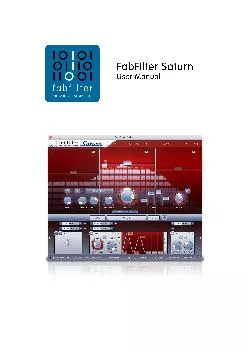


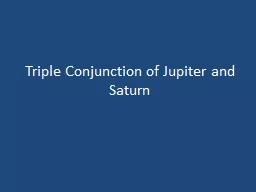
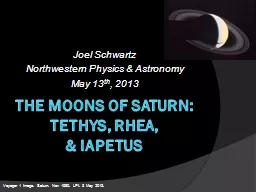
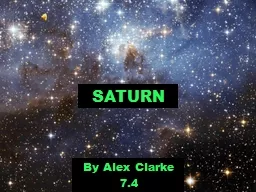

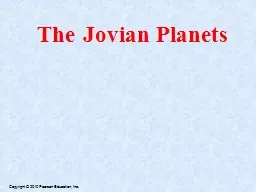
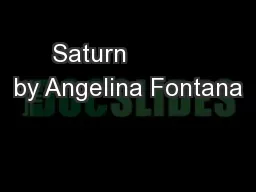
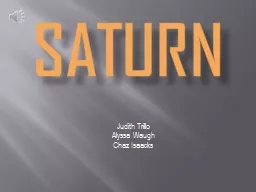
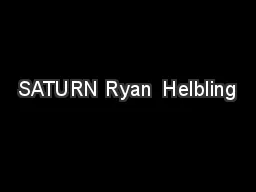
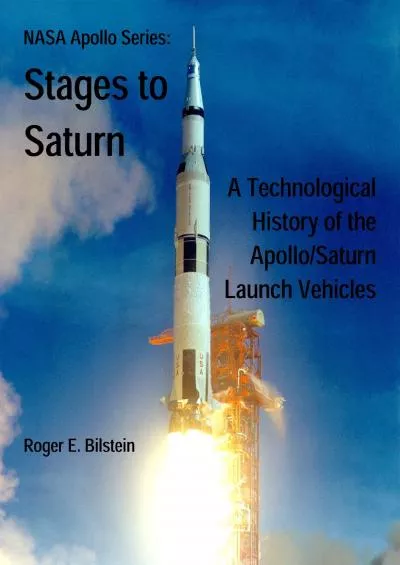
![[BOOK]-NASA Apollo Series: Stages to Saturn, A Technological History of the Apollo/Saturn](https://thumbs.docslides.com/957232/book-nasa-apollo-series-stages-to-saturn-a-technological-history-of-the-apollo-saturn-launch-vehicles-633808e7e2087.jpg)